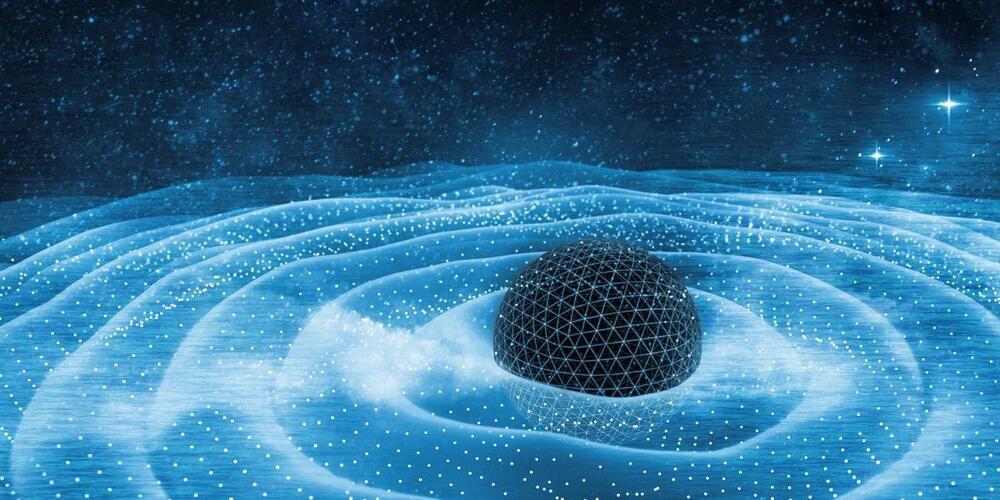Check out the Space Time Merch Store https://www.pbsspacetime.com/shopSign Up on Patreon to get access to the Space Time Discord!https://www.patreon.com/pbssp…
Category: cosmology – Page 166
Telescopes Reveal Rapid Spin of Milky Way’s Black Hole Warping Spacetime
Black holes have two fundamental properties: their mass (how much they weigh) and their spin (how quickly they rotate). Determining either of these two values tells scientists a great deal about any black hole and how it behaves. In the past, astronomers made several other estimates of Sgr A*’s rotation speed using different techniques, with results ranging from Sgr A* not spinning at all to it spinning at almost the maximum rate.
The new study suggests that Sgr A* is, in fact, spinning very rapidly, which causes the spacetime around it to be squashed down. The illustration shows a cross-section of Sgr A* and material swirling around it in a disk. The black sphere in the center represents the so-called event horizon of the black hole, the point of no return from which nothing, not even light, can escape.
Looking at the spinning black hole from the side, as depicted in this illustration, the surrounding spacetime is shaped like a football. The faster the spin the flatter the football.
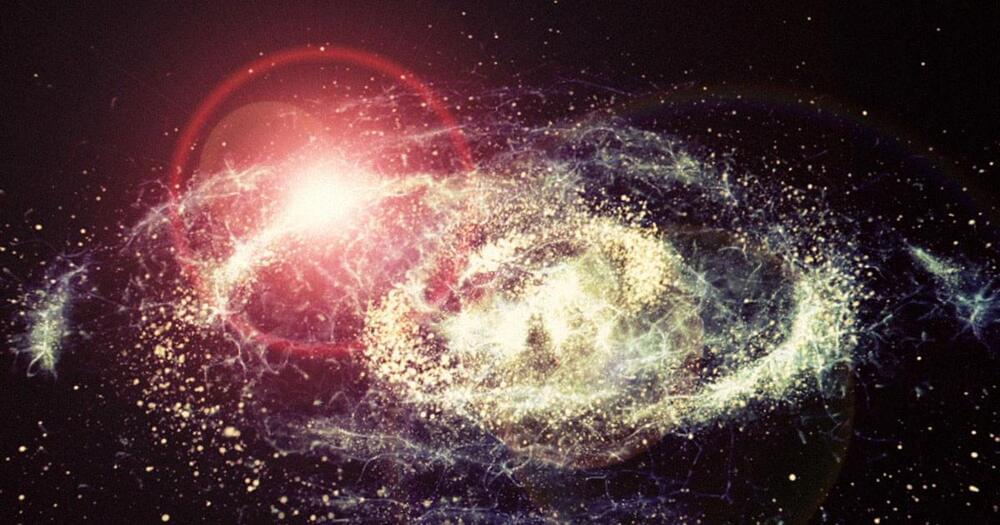
Explosion Light-Years Away Could Obliterate Life on Earth, Scientists Find
Even if they were dozens of light-years away, two colliding neutron stars could create a powerful enough explosion to wipe out life on Earth.
At least, that’s according to a recent paper published in The Astrophysical Journal, in which a team of researchers concluded that a kilonova could pose a major threat to Earth-like planets, even at formidable interstellar distances.
A kilonova is usually the result of a collision involving two neutron stars within a binary system, or when a neutron star and a black hole merge. These collisions release brain-melting amounts of electromagnetic radiation in the form of gamma-ray bursts.
The 18.6 Second Journey to Mars (Warp Jump Sci-Fi Documentary)
This is a sci-fi documentary, looking at how warp drive technology and warp spaceships work. As well as the negative energy needed to travel at warp speed. The faster than light journey to Mars takes 18.6 seconds, but how long does it take to reach the nearest black hole?
It is a journey showing the future science of space travel, exploration, and future space technology.
Personal inspiration in creating this video comes from: Star Trek: The Next Generation, and baby Groot — Guardians of the Galaxy II.
PATREON
The first volume of ‘The Encyclopedia of the Future’ is available on my Patreon.
Along with: Timelapse of Future Technology (Master List)
Part of my ‘The Future Archive Files’ collection.
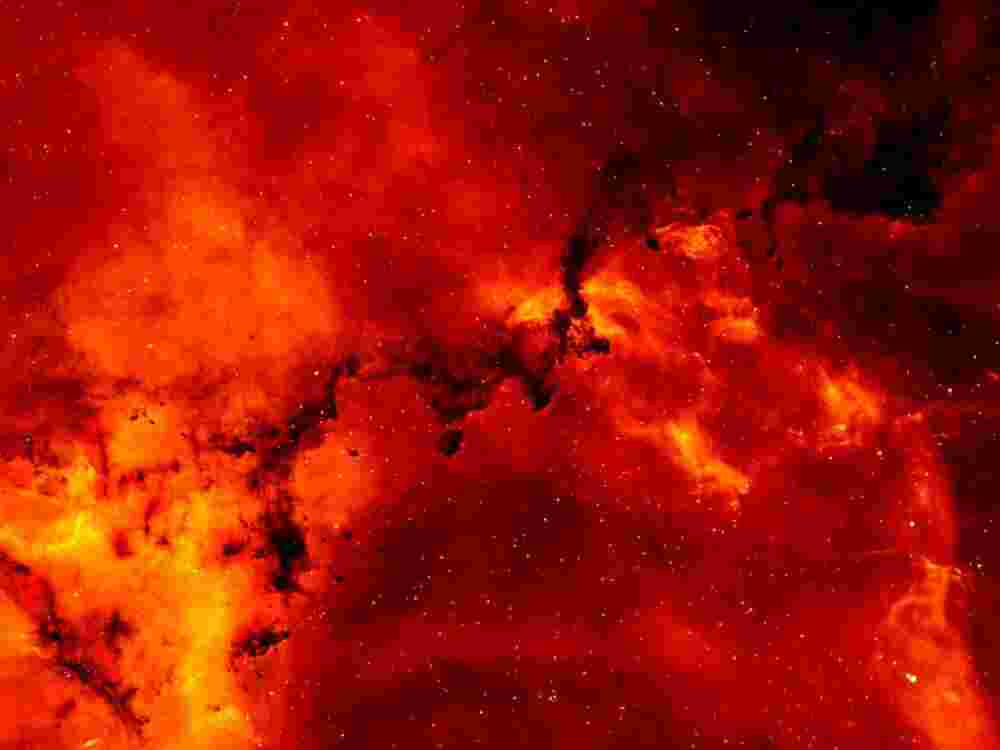
Our universe is expanding at rapid rate by absorbing other ‘baby universes’, new study suggests
Scientists have been pretty sure that our universe is expanding at a rapid rate, but no one exactly knew how. Now, a new theory suggests that our universe might be expanding by colliding and eventually absorbing “baby” parallel universes.
This theory was published in a science paper called the Journal of Cosmology and Astroparticle Physics in December 2023. In the study, scientists proposed the idea that the expansion of the universe may be a result of it constantly merging with other universes.

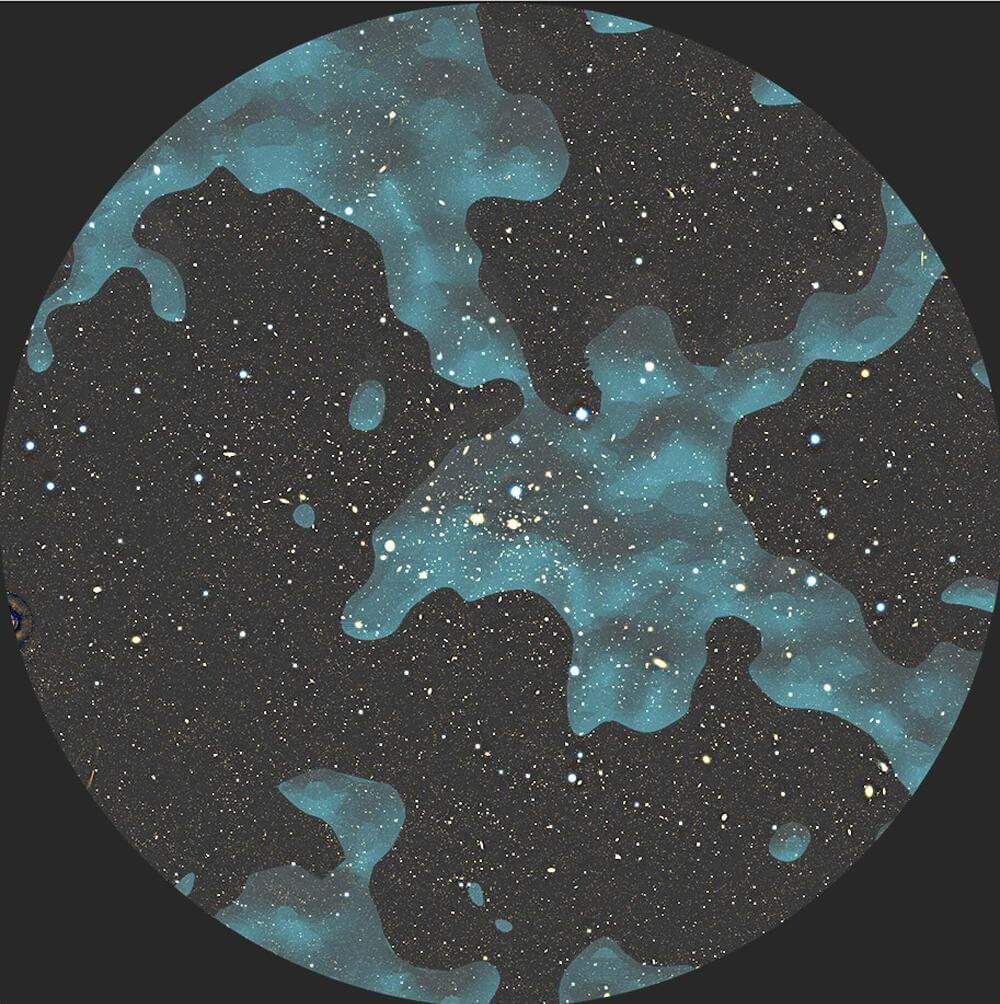
Cosmic dark matter web detected in Coma cluster
The Subaru Telescope has spotted the terminal ends of dark matter filaments in the Coma cluster stretching across millions of light years. This is the first time that strands of the cosmic web spanning the entire universe have been directly detected. This provides new evidence to test theories about the evolution of the universe.
In the solar system, we are used to seeing matter gathered into round objects like planets, moons, and the sun. But dark matter, which accounts for most of the mass in the universe, is believed to exist as a web of long thin strands. But like a spider web, these strands can be hard to see, so astronomers have typically drawn conclusions based on observations of galaxies and gas stuck in the web. This is similar to how if you see a dead leaf that appears to hang in midair, you know there is a spider web that you cannot see.
A team of researchers from Yonsei University used the Subaru Telescope to look for direct signs of dark matter filaments in the Coma cluster, located 321 million light-years away in the direction of the constellation Coma Berenices. Their paper, “Weak-lensing detection of intracluster filaments in the Coma cluster” is published in Nature Astronomy.
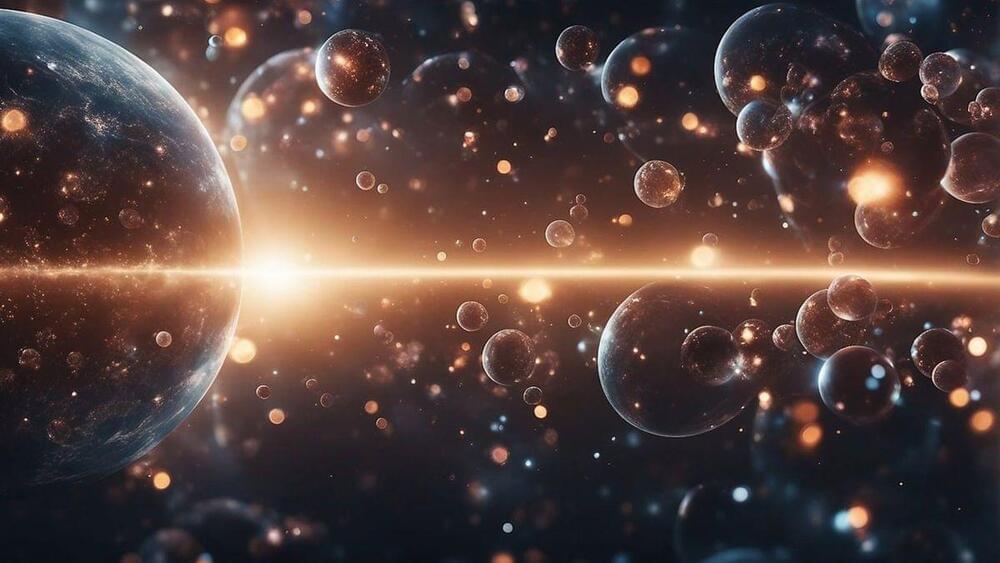
ESA will send a triangle of satellites into space to study gravitational waves
New LISA satellite trio will be able to detect the forgotten ‘middle children’ of the black hole family.
